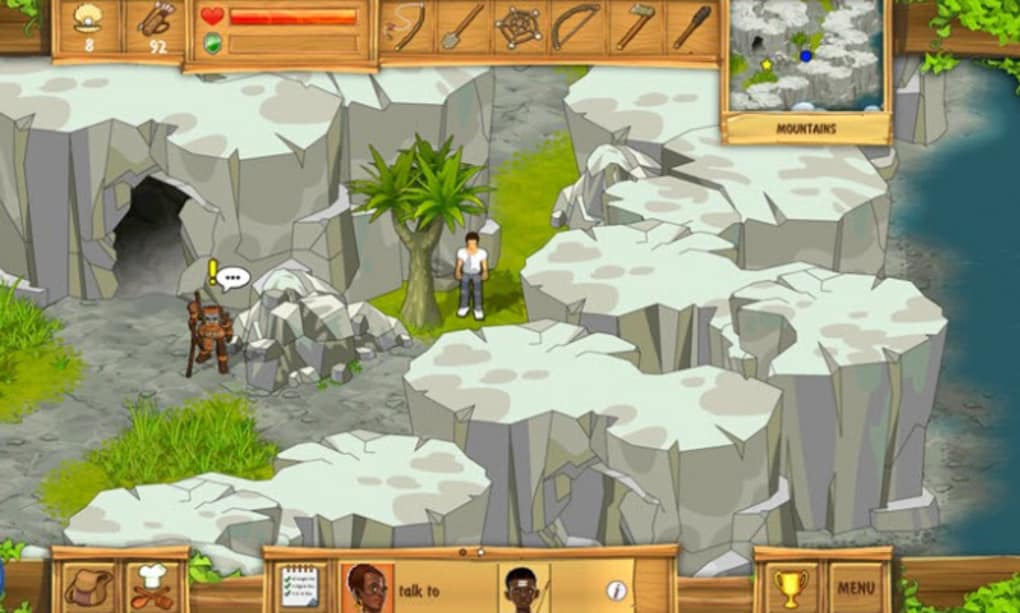

A number of ships were then dispatched over the following two years to search for the survivors who had remained behind, but an incorrect latitude meant the searches focused on the wrong area. They arrived there on 7 June 1656 and raised the alarm. Seven men departed in a boat, making for Batavia, now known as Jakarta, at the western end of Java. At least 75 individuals made it to shore, where they camped. In the early hours of 28 April 1656 a Dutch vessel belonging to the Verenigde Oostindische Compagnie (VOC), Vergulde Draeck, struck a reef off Ledge Point on the central west coast of Western Australia, about 5 kilometres from shore, and approximately 90 kilometres north of where Perth now stands. It has been argued by Rupert Gerritsen in And Their Ghosts May Be Heard and subsequent publications that they survived and had a profound influence on local Aboriginal groups such as the Nhanda and Amangu.Ħ8 passengers and crew from Vergulde Draeck Abel Tasman (whose last name now names Tasmania) was subsequently ordered to search for the castaways on his voyage along the coasts of northern Australia in 1643–44 but did not sail that far south. They were the first Europeans to reside in Australia. However, Jan Pelgrom and Wouter Loos were marooned on the Australian mainland, probably at or near the mouth of Hutt River in Western Australia, on 16 November 1629. When all culprits were arrested on the islets, most of them were either hanged or sent to court in the town of Batavia (now Jakarta). The ship was famous because it was wrecked on Morning Reef of the Wallabi Group of the Houtman Abrolhos, (off the west coast of Australia) leading to the infamous Batavia Mutiny and mass killings. In 1629 Jan Pelgrom de Bye van Bemel, a cabin boy, and Wouter Loos, a 24-year-old soldier, had been on board the Dutch ship Batavia. She returned to France and became well known when her story was recorded by the Queen of Navarre in her work Heptaméron. Marguerite survived by hunting wild animals and was later rescued by fishermen. The young man joined her, as did a servant woman, both of whom later died, as did the baby de la Rocque bore. She was left by her near relative Jean-François de La Rocque de Roberval, a nobleman privateer, as punishment for her affair with a young man on board ship. Marguerite de La Rocque Ī French noblewoman, Marguerite de la Rocque, was marooned in 1542 on an island in the Gulf of St Lawrence, off the coast of Quebec. Gonzalo de Vigo was the first recorded European castaway in the history of the Pacific Ocean. He lived with the Chamorros for four years and visited thirteen main islands in the Marianas until he was unexpectedly found in Guam in 1526 by the flagship of the Loaísa Expedition, on its way to the Spice Islands and the second circumnavigation of the globe. Gonzalo de Vigo was a Spanish sailor ( Galician) who deserted from Gonzalo Gómez de Espinosa's Trinidad, part of the Spanish expedition of Ferdinand Magellan, while in the Maug Islands in August 1522.

He then punished two others: the King of Spain's delegate, Juan de Cartagena and the priest, Pedro Sánchez Reina, by marooning them in that desolate place.

Magellan put it down and executed some of the ringleaders. In April 1520, a mutiny broke out in Magellan's fleet while at the Patagonian seashore. Juan de Cartagena and Pedro Sánchez Reina For the rest of his life – he died about 1545 – Lopes stayed on the island, except for two years around 1530, when the Portuguese king helped him travel to Rome, where the Pope granted him absolution for his sin of apostasy. He had lost his right hand, the thumb of his left hand, his nose, and his ears as punishment for mutiny and apostasy for converting to Islam. The Portuguese soldier Fernão Lopes was marooned on the island of Saint Helena in 1513.


 0 kommentar(er)
0 kommentar(er)
